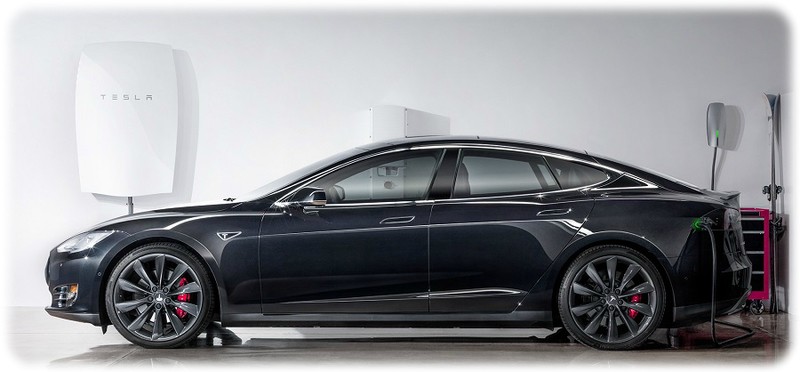Tesla uses existing customer cars to run simulations of new Autopilot software enhancements
Published Date: 6th Jun 2016
Over the air updates through the mobile network let Tesla improve and update the software without inconvenience to the customer
- A million miles of driving data is sent to Tesla every 10 Hours
- 780 million miles of data received so far
- The data is used to update and improve the Autopilot software
The all electric motor company Tesla, releases new software updates for its cars all the time over the mobile network.
The system they have in place reduces the inconvenience caused by having to drive your car down to the dealer for a software update.

They also use this feature to pilot and run other updates on a parallel control system to retrieve and analyse data. This gives Tesla the real world test data to see how the new updates behave before going live in the future.
Tesla began introducing a suite of new sensors into its cars back in 2014. The 12 ultrasonic sensors placed all around the car along with forward facing cameras and radar units were originally intended for a new emergency braking feature.

The engineers at Tesla started to monitor the information gained from all sensors as part of a greater scheme for autonomous driving. Collecting the information on how drivers react to different road situations and use it for the Autopilot feature.
Speaking at a conference in San Francisco, Sterling Anderson who runs the Autopilot program over at Tesla, said “Since introducing this hardware 18 months ago we’ve accrued 780 million miles, we can use all of that data on our servers to look for how people are using our cars and how we can improve things.”
“We will often install an ‘inert’ feature on all our vehicles worldwide,” said Anderson. “That allows us to watch over tens of millions of miles how a feature performs.”
The ability to run new software in real world situations in a separate simulation to the current software and watch how it reacts is priceless for Tesla.

